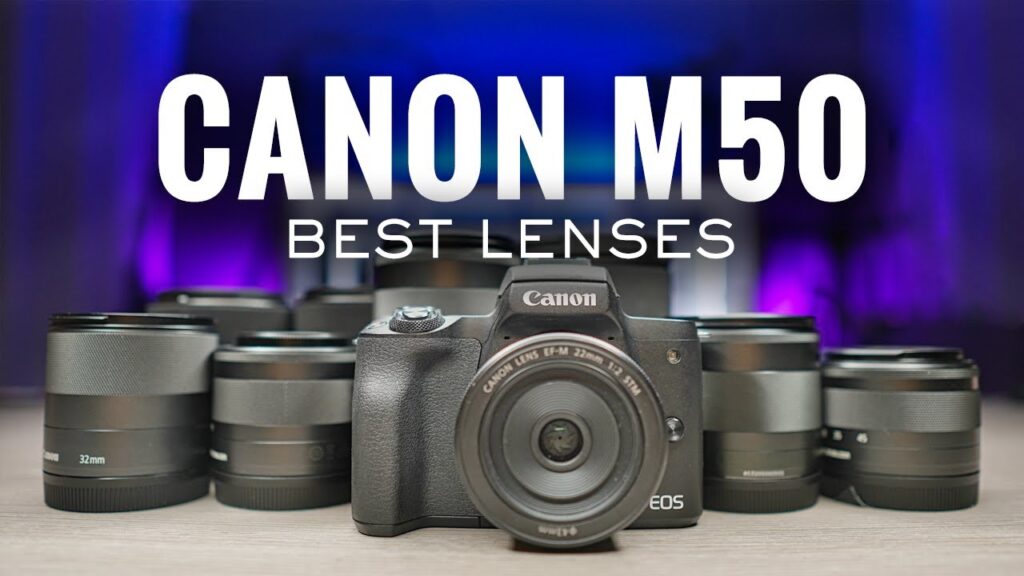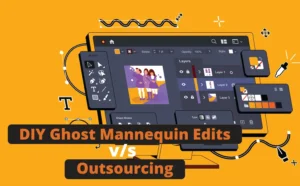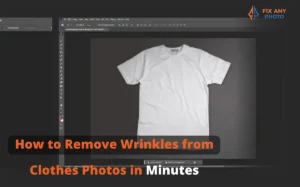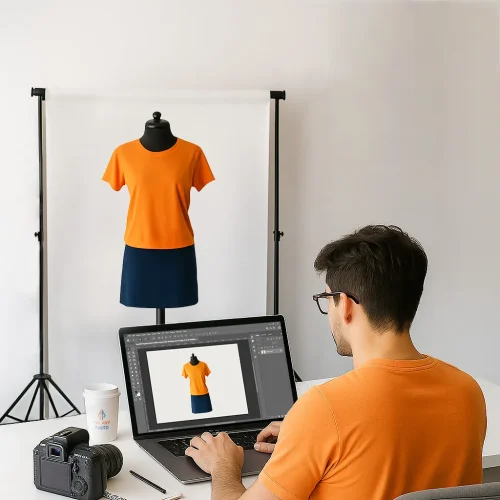When I first got my hands on the Canon EOS M50, it felt like someone had finally built a camera that understood both beginners and serious creators.
Compact, mirrorless, and with Canon’s legendary color science, it quickly became a favorite among YouTubers, travel photographers, and anyone tired of lugging around giant DSLRs.
But here’s the real deal: a camera is only as good as the lens you put on it. I learned this the hard way when I paired my M50 with a “kit lens” and wondered why my photos didn’t look like the dreamy Instagram shots I kept saving. The answer? The lens was holding me back.
That’s why I created this ultimate guide to Canon M50 Camera Lenses. From wide angles for landscapes, to sharp primes for portraits, to versatile zooms for travel—I’ll walk you through everything you need to know. Along the way, I’ll share my personal experiences, pros and cons, and real-world use cases so you’ll know exactly which lens to invest in.
Let’s dive in.
Understanding the Canon M50 Camera Lenses System
Before we geek out over glass, let’s get the basics straight.
-
Lens Mount: The Canon M50 uses an EF-M mount. These lenses are built specifically for Canon’s mirrorless APS-C cameras (like the M50, M50 Mark II, M200).
-
Adaptability: Thanks to Canon’s EF-EOS M adapter, you can also use EF and EF-S DSLR lenses. That’s a huge bonus because it opens up a library of Canon glass that spans decades.
-
Crop Factor: The M50 has a 1.6x crop factor. So a 22mm lens acts like ~35mm on a full-frame camera. Keep this in mind when choosing focal lengths.
Pro tip: If you’re just starting, I recommend at least one native EF-M lens for portability and then adapting others if you already own Canon glass.
Best Native EF-M Lenses for Canon M50

1. Canon EF-M 22mm f/2 STM – The Pocket-Sized Powerhouse
When I say this lens lives on my M50, I mean it. The EF-M 22mm is tiny, seriously, it makes the camera look like a point-and-shoo but the quality it delivers is miles ahead.
-
Why I love it: Perfect for street photography, travel, and low-light café shots. The f/2 aperture lets in plenty of light and creates beautiful background blur.
-
Drawbacks: Fixed focal length, so no zoom. You’ll “zoom with your feet.”
-
Who it’s for: Vloggers, travelers, lifestyle photographers.
2. Canon EF-M 32mm f/1.4 STM – The Portrait King
This is the lens that made me fall in love with portraits on the M50. With a full-frame equivalent of ~51mm, it’s the classic “nifty fifty” for mirrorless Canon shooters.
-
Why I love it: The f/1.4 aperture is insanely fast, giving you creamy bokeh and razor-sharp focus on your subject.
-
Drawbacks: A bit pricier, and not as compact as the 22mm.
-
Who it’s for: Anyone who wants professional-looking portraits, product shots, or low-light photography.
3. Canon EF-M 11-22mm f/4-5.6 IS STM-The Wide-Angle Wonder
If you’ve ever tried capturing a mountain range, tall building, or cramped room with a standard lens, you know the struggle. Enter the 11-22mm.
-
Why I love it: Compact, stabilized, and perfect for landscapes and vlogging.
-
Drawbacks: Not the brightest lens, so indoors you’ll need good lighting.
-
Who it’s for: Travel vloggers, real estate photographers, landscape lovers.
4. Canon EF-M 18-150mm f/3.5-6.3 IS STM-The All-in-One Travel Lens
This is the Swiss army knife of lenses. Wide enough for landscapes, zoomed enough for wildlife, all without swapping lenses.
-
Why I love it: Convenience. I once traveled with just this lens and my M50, and I didn’t feel like I missed a shot.
-
Drawbacks: Average aperture, so it’s not great in low light.
-
Who it’s for: Travelers who want one lens to rule them all.
5. Canon EF-M 28mm f/3.5 Macro IS STM-The Tiny World Explorer
If you’ve ever wanted to capture the delicate details of flowers, jewelry, or food, this is the lens. Bonus: it even has a built-in LED ring light!
-
Why I love it: True 1:1 macro magnification, image stabilization, and the LED makes macro shots so much easier.
-
Drawbacks: Limited to macro/close-up use—won’t replace your everyday lens.
-
Who it’s for: Product photographers, foodies, nature lovers.
Best EF and EF-S Lenses (with Adapter)

Using the EF-EOS M adapter opens up Canon’s massive lens library. Here are my top picks:
6. Canon EF 50mm f/1.8 STM – The Affordable Classic
Known as the “nifty fifty,” this is often a photographer’s first prime lens. Adapted on the M50, it becomes ~80mm—perfect for portraits.
-
Why I love it: Sharp, creamy bokeh, unbeatable price.
-
Drawbacks: Slightly bigger once adapted.
-
Who it’s for: Beginners who want pro-looking portraits without breaking the bank.
7. Canon EF-S 10-18mm f/4.5-5.6 IS STM – The Vlogger’s Best Friend
Equivalent to ~16-28mm, this lens gives you those wide cinematic vlogging shots.
-
Why I love it: Ultra-wide coverage, stabilization, and budget-friendly.
-
Drawbacks: Not great in low light.
-
Who it’s for: YouTubers, real estate shooters, travelers.
8. Canon EF-S 24mm f/2.8 STM – The Pancake Prime
Tiny, sharp, and budget-friendly. On the M50, it’s ~38mm, which is close to the classic street photography focal length.
-
Why I love it: Pancake design makes it feel like a compact camera.
-
Drawbacks: Needs the adapter, which adds bulk.
-
Who it’s for: Everyday shooters, street photographers.
9. Canon EF 70-200mm f/4L IS II USM – The Pro Zoom
Yes, it’s big. Yes, it looks funny on the tiny M50. But the image quality? Chef’s kiss.
-
Why I love it: Tack-sharp, stabilized, weather-sealed. Perfect for sports, wildlife, or event photography.
-
Drawbacks: Price and size—this lens makes the M50 look like a lens cap holder.
-
Who it’s for: Serious photographers who need pro-level reach.
Third-Party Lenses Worth Trying
Canon’s EF-M lineup is limited, but Sigma, Tamron, and others have stepped in.
-
Sigma 16mm f/1.4 DC DN – A vlogging and astrophotography beast.
-
Sigma 30mm f/1.4 DC DN – Great alternative to Canon’s 32mm f/1.4, but more affordable.
-
Sigma 56mm f/1.4 DC DN – Portrait perfection with dreamy background separation.
I personally use the Sigma 16mm when shooting night skies—it captures stars like magic.
Choosing the Right Lens for Your Needs
Still overwhelmed? Let me break it down based on your use case:
-
For Travel: EF-M 18-150mm or EF-M 22mm
-
For Portraits: EF-M 32mm f/1.4 or Sigma 56mm f/1.4
-
For Vlogging: EF-M 11-22mm or Sigma 16mm f/1.4
-
For Macro/Product: EF-M 28mm f/3.5 Macro
-
For Budget Beginners: EF 50mm f/1.8 STM + adapter
Lens Accessories That Make a Difference
-
Lens Filters: ND filters for video, polarizers for landscapes.
-
Tripods & Gimbals: Stabilization makes or breaks video quality.
-
Lens Hoods: Prevent flares and protect your lens.
-
Cleaning Kit: A dirty lens = blurry images. Keep it clean.
Final Thoughts: The Lens Is Your Storyteller
The Canon M50 is a brilliant little camera, but the lens you pair it with decides the kind of stories you can tell. I’ve used it for travel vlogs in crowded markets, portraits of clients in golden hour, and even close-up product shoots for e-commerce.
Every time I swap a lens, it feels like I’m giving the camera a new personality.
So here’s my advice: don’t stick with just the kit lens. Experiment. Rent if you’re not sure. But once you find “your” lens, you’ll never look back.
Which lens are you leaning toward for your M50—portrait prime, wide vlogging lens, or all-in-one zoom? Drop your choice in the comments; I’d love to hear!
Frequently Asked Questions About Canon M50 Camera Lenses
1. What lenses are compatible with the Canon M50?
The Canon M50 uses EF-M mount lenses natively, but with the Canon EF-EOS M adapter, you can also use EF and EF-S lenses designed for Canon DSLRs. This gives you access to a huge range of Canon glass.
2. Can I use full-frame EF lenses on the Canon M50?
Yes! Full-frame EF lenses will work with the adapter, but remember the M50 has a 1.6x crop factor. So a 50mm EF lens acts like an 80mm lens on the M50.
3. Is the Canon M50 good for professional photography?
Absolutely. While it’s compact, the M50 with the right lens (like the EF-M 32mm f/1.4 or Canon L-series EF lenses) can deliver professional-quality images suitable for portraits, events, and even commercial work.
4. What is the best lens for vlogging with the Canon M50?
Two top picks are the Canon EF-M 11-22mm f/4-5.6 and the Sigma 16mm f/1.4 DC DN. Both are wide enough for handheld vlogging, with sharp optics and good low-light performance.
5. What’s the best budget lens for the Canon M50?
The Canon EF 50mm f/1.8 STM (with adapter) is the best budget option. It’s sharp, fast, and only costs around $125. If you prefer a native lens, the Canon EF-M 22mm f/2 STM is a fantastic affordable choice.
6. Is the kit lens enough for the Canon M50?
The 15-45mm kit lens is fine for beginners, but you’ll quickly notice its limits in low light and sharpness. Upgrading to a prime like the EF-M 22mm f/2 or EF-M 32mm f/1.4 makes a huge difference.
7. Which lens is best for portraits on the Canon M50?
The Canon EF-M 32mm f/1.4 STM is the top choice for native portraits. If you’re using the adapter, the Canon EF 50mm f/1.8 STM or Sigma 56mm f/1.4 DC DN are excellent options.
8. Can I use Sigma lenses on the Canon M50?
Yes! Sigma makes a trio of brilliant DC DN lenses (16mm f/1.4, 30mm f/1.4, and 56mm f/1.4) for EF-M mount, and they’re highly recommended for sharpness, low-light ability, and value.
9. What’s the best all-in-one travel lens for the Canon M50?
The Canon EF-M 18-150mm f/3.5-6.3 IS STM is the best all-in-one lens for travel. It covers wide to telephoto, so you can capture landscapes, street shots, and wildlife without changing lenses.
10. Does the Canon M50 need image-stabilized lenses?
The M50 doesn’t have in-body stabilization, so lenses with IS (Image Stabilization) are very helpful, especially for video and handheld shooting. Lenses like the EF-M 11-22mm IS and EF-S 10-18mm IS are great examples.









